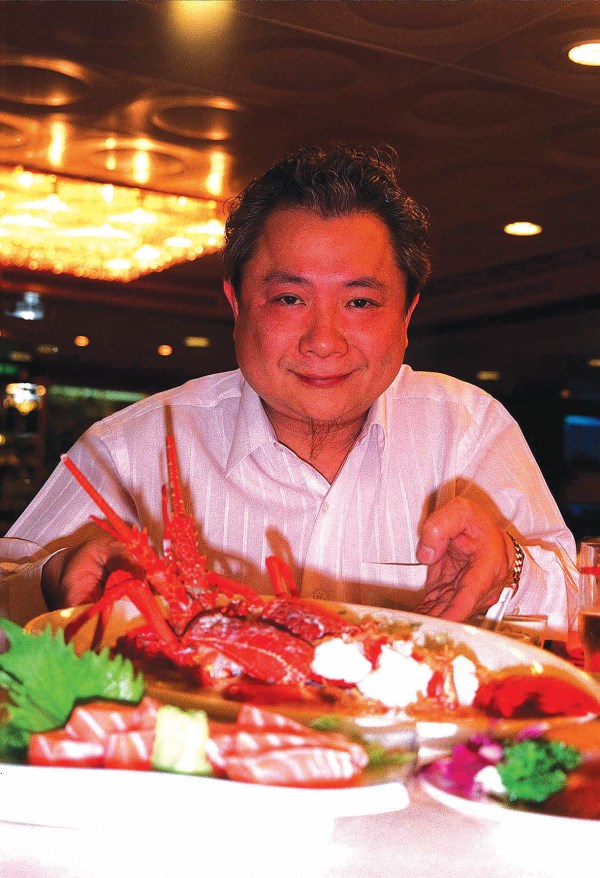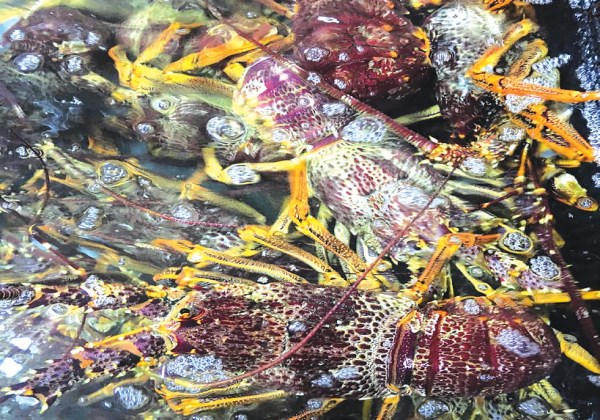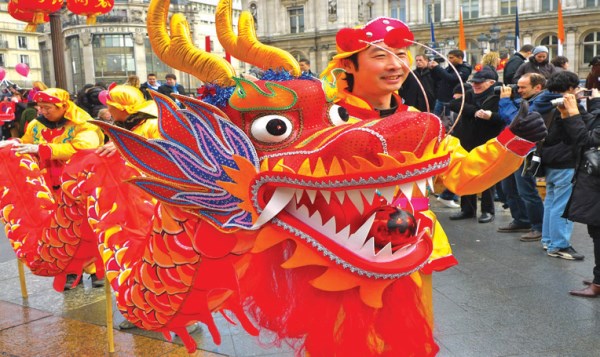
Daryl Sykes provides a brief overview of the quality control and animal welfare protocols that help secure top prices for New Zealand rock lobsters in our most valuable export market.
China remains the largest consumer of New Zealand rock lobsters – over 2000 tonnes per annum of live product landed at key ports in mainland China in recent years. The Spring Festival / Lunar New Year period arrived in late January and ran through to mid-February 2024. Up to sixteen special days for enjoying time with loved ones and, most importantly, feasting! Seafood has a special place on the banquet table, with fish used as a symbol of abundance, meant to give a good start to the new year.
2024 is the Year of the Dragon, adding another association with seafood – the spiny rock lobster, with its fearsome dragonlike whiskers and auspicious red colour. Dragons are bringers of wealth and good fortune, so they are the epitome of what Chinese New Year is all about, a celebration of luck and good fortune for the coming year.

People’s Daily reports from Beijing on the growing role of imported products in satisfying Spring Festival demand, citing the journey of New Zealand rock lobster to market: “At 8:50 p.m., a batch of fresh lobsters with a total weight of 754 kilograms was shipped and took off at Auckland International Airport in New Zealand; at 5:10 a.m. the next day, the batch of lobsters landed at the Capital Airport; after arriving at the Capital Airport Customs Inspection Centre. The whole process takes less than 20 minutes for the staff to check the cargo certificate, open the box for inspection, and quarantine and release; before 12 noon, these lobsters can be put into the fish tanks of the Beijing-Shenzhen Seafood Market.”
Moving live rock lobsters from the many small fishing ports around the New Zealand coastline into discerning export and domestic markets (China is not the only one) requires a duty of care by everyone in the lengthy chain of custody.
Fishermen, transport personnel, processing staff, packers, loaders and freight forwarders are required to work to high standards in a very timely and efficient manner. This in turn ensures that lobsters unloaded from fishing vessels, trucked to depots, held in an export facility in Auckland before being packed and loaded to an international airline.
The same attention to detail underpins supplies to the New Zealand domestic market and hospitality industry.
Lobster fishermen take the quality standards very seriously – the financial incentives to land only export grade product can be very generous – but even before a lobster is handled on board the boats, the consumer guarantee of sustainability and continuity of supply is embedded in the operation of the New Zealand fisheries management regime. Routine monitoring of stock abundance, confirmation of commercial catch limits, and restrictions on gear types helps to maintain stock abundance over time.
Fisheries regulations relating to the handling and discarding of undersized and/or soft-shelled lobsters set a baseline standard for the size and quality of the landed catch.
General food safety and animal welfare obligations must also be observed. For example, the New Zealand lobster industry operates a national Biotoxin Management Plan with strict protocols in place to ensure that there are no risks to domestic or export consumers during biotoxin events such as those that prevented the CRA 3 (Gisborne/East Coast) industry from landing catches for several months in the 2023/24 summer.
Safe operating procedures for all commercial fishing vessels and work and safety best practices for skippers and crew also anchor quality standards for the production of all New Zealand seafood.
Animal Welfare Regulations apply to lobsters held in processing and export facilities and those being transported and/ or packed for transport to overseas markets. The regulations extend to restaurants and other food service outlets with a strong message that live seafood must be looked after to ensure good quality and safety.
The economic value of New Zealand live lobster production is balanced on the quality of each lobster handled by every commercial skipper and crewman.
Quality is measured by both ‘liveliness’ and appearance. The lobster with all legs and antennae unbroken (both desirable traits) will fail the quality test if it is not lively or sufficiently hardshelled.
But the obviously active lobster with a strong shell that keeps leaping out of the bin on the boat could be of low value if legs and antennae are broken off because of rough handling and storage.
The biology and behaviour of rock lobsters contribute to their suitability for live markets. Pre- and post-moult lobsters can be weak and have discoloured flesh. Have you noticed ‘pink’ lobsters in your own pots? Lobsters will be down-graded if they have two legs missing on each side or three or more missing on one side. Cracked or broken shells and any section of the horn missing are not acceptable – but broken antennae whilst not ideal, will survive the quality grading test. The value chain for rock lobsters commences with the first pot haul of the day. Catches are immediately sorted, and all under-sized or otherwise unwanted catch is returned to the sea – always in a suitable habitat. Air exposure at any time will stress the lobsters but is sometimes unavoidable. Sun, wind and rain exposure, even short-term, exaggerates this stress. Pots cannot be banged around or dropped whilst clearing lobsters – every effort is made to avoid shell damage or leg loss.
Catches will generally be stored in on board live holding tanks with reticulated seawater temperatures maintained at generally recommended 10C to 18C. Holding tanks are oxygenated by controlling the flow and volume of seawater. Fishermen also use holding pots at sea to store their catches until they can arrange a landing to a Licensed Fish Receiver. Attention is given to the design and placement of the holding pots and to the stocking rate.
Holding pot catches are transferred to the vessel to be unloaded at the wharf along with the catch taken on the trip. Care is taken not to over pack bins and to keep them shaded and cool. Bins are weighed, loaded and transported to the relevant Licensed Fish Receiver, where lobsters are unloaded, graded, weighed and transferred to holding tanks for ‘conditioning’ prior to being packed for export or distributed to the local market. At every step of that process, operational standards are established, and quality checks are frequent.
In Chinese culture, the dragon has significant symbolism and is revered. It represents positive qualities such as power, strength, good luck, and wisdom. The Chinese dragon is considered a celestial and divine creature with the ability to control natural elements such as wind and water. The Year of the Dragon is anticipated to bring auspicious opportunities and exciting advancements for all.
As vibrant hues adorn streets and the tantalizing aroma of traditional delicacies wafts through the air, Chinese New Year 2024 heralds a time of renewal, prosperity, and cultural celebration. Ushering in the Year of the Dragon in 2024 provided a perfect opportunity to extend warm wishes, heartfelt messages, and inspiring quotes to loved ones, friends, and colleagues. New Zealand rock lobsters were centrepieces at those family and official celebrations and are very highly regarded as a premium seafood item.













